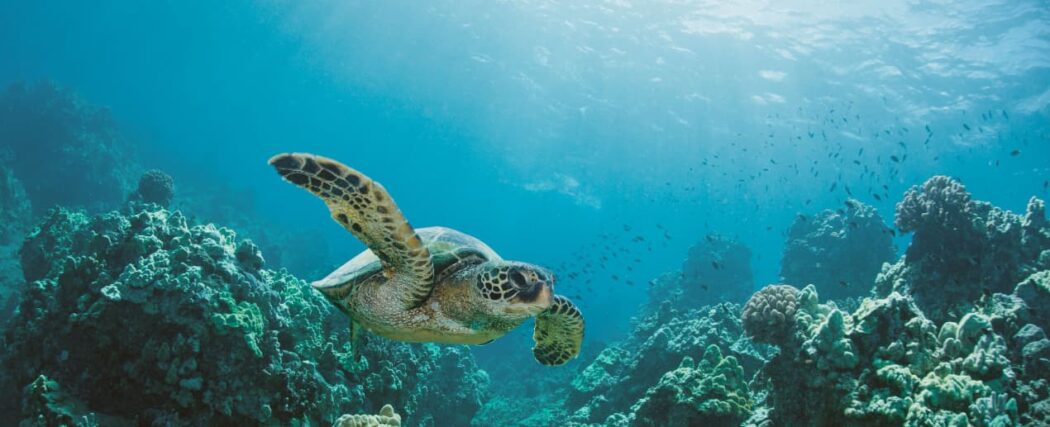Oil and petroleum products account for more than half of all pollution. A prerequisite for the operation of facilities and equipment associated with the exploration, production, transportation and use of oil and petroleum products, is the availability of predefined measures and tools for the prevention and elimination of emergency spills of oil and petroleum products. The causes of oil spills include both man-made and natural factors. Technogenic factors are various impacts on the facility caused by equipment failures, violations of the production process, violations of operating conditions, etc. Natural factors include strong hurricanes and storms; oil and gas blowouts from deposits with abnormally high formation pressures; gas blowouts from shallow natural deposits (gas pockets); seabed subsidence during development of deposits; weak bottom soils and landslides; earthquakes.
The structure of pollution varies from region to region. As a rule, petroleum products are complemented by heavy metals and radionuclides, pesticide and fertilizer residues, and persistent plastics.
Environmentally hazardous ingredients
We have identified a list of priority ingredients that affect the ecological condition of the bay, brought in with sewage from enterprises, with stormwater and meltwater. There are nine of them: easily oxidizable organic substances, suspended solids, oil products, phosphates, ammonia nitrogen, phenols, surfactants, iron, fats. For the Explanation River, in addition to the above-mentioned substances, nitrites are also added. Five ingredients have the greatest negative impact on water quality and hydrobionts of the bay in stormwater runoff: easily oxidizable organic and suspended solids, petroleum products, phenols and iron.

The sea belongs to the marine ecosystems of high ecological risk with intensive anthropogenic activity. Heavy metals are conservative pollutants. Therefore, main mechanisms of self-purification of the marine environment are connected only with reduction of their concentrations in water due to their migration into adjacent water areas and with sedimentation elimination into bottom sediments.
In storm conditions some remobilization of pollutants into water column is periodically observed due to stirring up of bottom sediments. But research of their content in bottom sediment columns showed that the main part of pollutants is rather firmly deposited in the ground. Therefore, estimates of the deposition of pollutants in bottom sediments can sufficiently adequately characterize the sedimentation of water purification.
The values of lead, cadmium, copper and zinc exceeded the maximum permissible concentration in the water in different years, indicating an unfavorable ecological situation in the water body. Analysis of sedimentation rate and heavy metal content in bottom sediments showed that sedimentation processes proceed on seasonal and annual time scales, and heavy metal deposition fluxes are a significant factor of sedimentation self-purification of waters
The main methods of cleaning from petroleum products:
Mechanical collection
Mechanical collection of pollution is carried out by:
- shovels,
- buckets,
- barrels,
- bulldozers,
- dump trucks,
- dredgers,
- skimmers,
- trawls,
- nets.
Sorption
There are about two hundred different absorbents (sorbents) known in the world that are used to clean up spills of “floating” chemicals, primarily oil and petroleum products – from hollowed out corn cobs, straw, sawdust to multiphase bio-organic nanocompositions.
Adsorbents are materials characterized by the process of absorption, or “binding”, of oil by physical surface adsorption. The phenomenon of adsorption occurs due to the presence of mutual attraction between the molecules of the adsorbent and oil at the interface between the contacting phases. In this regard, the amount of substance absorbed by these materials depends primarily on their free area and surface properties.
The adsorption process in real conditions dominates only in cases of surface cleaning of water bodies from thin molecular films of oil and petroleum products. In the case of powder adsorbents application for cleaning of heavily oil-polluted water surface along with the adsorption process the process of oil thickening occurs due to formation of suspension of hydrophobic particles in the liquid phase (powder hydrophobic materials act as thickening agents). At contact of solid oleophilic particles with a large amount of oil around them micelles are formed, interacting with each other to form a kind of net structure, which significantly increases the viscosity of the suspension as a whole, leading to the formation of fairly dense conglomerates when reaching high concentrations of powder adsorbents in oil.
Absorbents are materials which are characterized by a diffusion process of absorption of oil and oil products by its entire volume. The efficiency of the process depends on the chemical affinity of the sorbent materials and the absorbed liquid, as well as on the absorbent’s substance structure. When absorbed, oil firstly wets the surface of the absorbent and then more slowly penetrates into the porous structure of the material and fills all the existing voids under the action of mainly capillary forces.
Common to all structure-forming absorbent materials are hydrophobicity and oleophilicity of their surface. The absorption of petroleum products represents two processes with different directions of action. In capillaries with hydrophobic surfaces the non-polar liquid under the action of atmospheric pressure can rise above their initial level due to the so-called capillary effect.
The smaller the diameter of the capillary, the higher level of elevation. This principle is the basis of a phenomenon called the capillary pump, in which capillaries of smaller diameters enter in succession into contact with the oil in the first capillary of the largest diameter, thus providing the maximum rise of oil in height.
The capillary movement of the liquid horizontally is also determined by atmospheric pressure; however, in order for this process to occur, the thickness of the oil product layer in contact with the absorbent must be greater than the molecular layer. The atmospheric pressure and the pressure of the oil layer add up outside the sorbent zone and in the sorbent.
The difference of these pressures determines the appearance of a horizontal component, under the action of which the initial filling of structural voids of the absorbent takes place. The macropores and micropores in the absorbent structure are additional capillaries of smaller diameter so that the total capillary structure of the absorbent can absorb oil by virtue of the capillary pump principle.
In the elimination of oil and petroleum products leaks inorganic sorbents based on vermiculite and activated carbons traditionally occupy a significant share.
The main advantages of active carbons are their low cost and good sorption kinetics. The starting material for the production of active coals can be practically any carbon-containing material: hard coal, wood, polymers, wastes of tire, pulp and paper and other industries.
Biotechnology
The term “biological sorbents” means solid sorbents immobilized (infected) by microorganism cultures which provide biological decomposition of oil and oil products. At present several dozens of biosorbents have been developed, the distinctive feature of which is a variety of used carriers (sorbents) and microorganism cultures immobilized on them.
For example, a method of purifying water from oil pollution using a sorbent based on hydrophobic silica gel immobilized by Candida intermedia culture is known. Another sorbent based on aluminosilicate carriers selected from a range: kaolin, perlite, zeolite – provides for the application of microorganisms from the range of Pseudomonas Aerugenosa, Methamonomas Vetharia, Basterium Aliphaticum, Basillus Totulicum, Mycobocterium Iagicola, etc.
Various strains of bacterial culture Rhodococcus are very popular among microorganisms. In order to increase the efficiency of bacteria reproduction and growth, this culture is introduced together with nitrogen and phosphorus sources.
More complex sorbents contain an inert porous carrier based on aluminosilicate raw materials (clay) and a consortium of microbial strains Rhodococcus SP 367-2, Rhodococcus Maris 367-5, Rhodococcus 367-6, Pseudomonas Stutzeri 367-1, Yarrowiaipolytica 367-3. However, this clay-based carrier does not have a developed pore surface, so its efficiency cannot be high.
Comprehensive approach
Our institute created sorbents of oil and oil products on the basis of plant polymers, the source of which is any lignocellulosic raw material (of wood and grass origin, including semi-finished products of pulp and paper industry and wood processing waste, waste paper). Chemical modification of the base with environmentally safe (microbiologically recyclable) components using a low-cost technology (low temperature, atmospheric pressure, no final stage of product washing) leads to obtaining a sorbent of adsorptive and absorptive action. Due to that the sorbent selectively and quickly (within 30-60 seconds) absorbs oil, oil products and other organic contaminations from the water surface (9-12 g per 1 g of the sorbent) with the water purification degree of 90-95%, retaining the saturated buoyancy for a long time (up to 30 days). Oil-saturated sorbent can be used for immobilization by hydrocarbon-oxidizing and wood-destroying microbial cultures for biodegradation.



